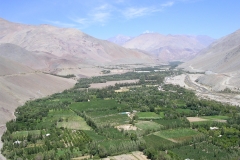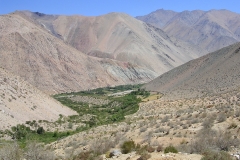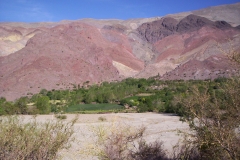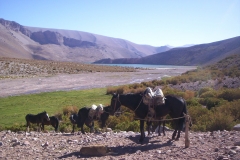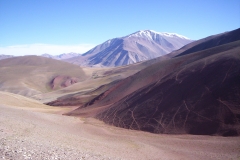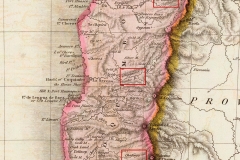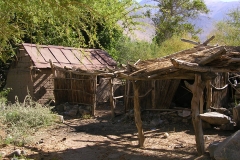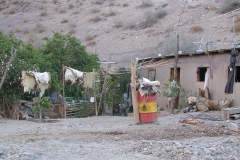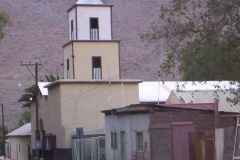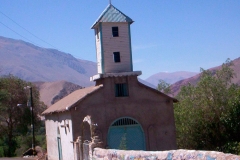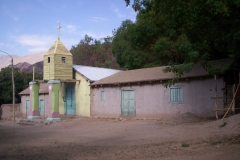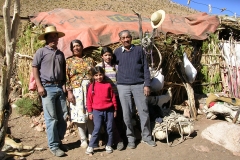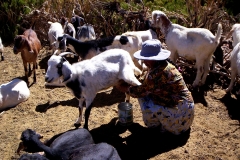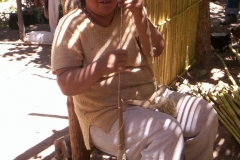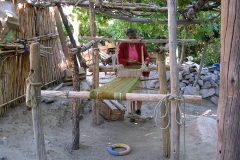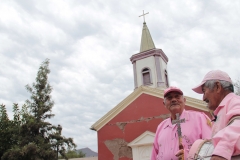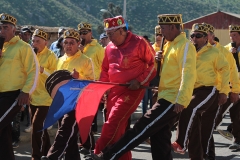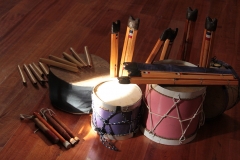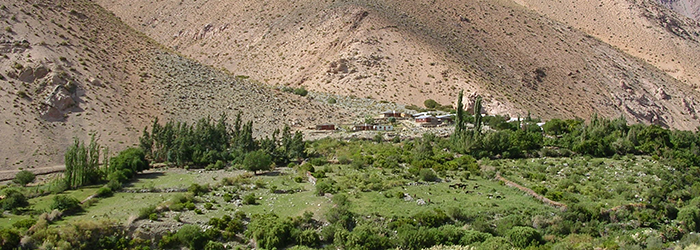Economy
The Diaguitas of Huasco Alto, in the Tránsito River Valley, have an extensive territory they inherited from the old colonial “Indian Town”, which covers 370,000 hectares and was registered as part of the “Estancia Diaguita de los Huascoaltinos”. In this vast territory they grow crops, raise livestock, mine for minerals and collect plant resources. Families live on small plots of land in the valley bottom, where they cultivate traditional crops and keep orchards alongside their dwellings. Goat herders raise their flocks in the ravines, hills and mountains of Pinte, Colpe, La Plata and La Totora (Chanchoquín), as well as at the summer grazing grounds of Laguna Grande, Laguna Chica and Cazadero. The Tránsito River Valley is very fertile, and its inhabitants produce surpluses that they then sell at market. Today, however, the valley is being colonized by vineyards of grapes destined for export grown by large enterprises that have acquired estates in the Diaguita territorial zone.
The Diaguita community of Taucán de Chalinga, for its part, subsists by farming small parcels of land in the valley and (in the case of some families) raising goats for leather, meat and milk (for cheese making). Cultural tourism is another economic activity for the Diaguitas here, especially in zones with a certain heritage value such as the abundant ancient rock art sites in the area. Diaguita-themed functional and ornamental ceramics are also produced and sold.


